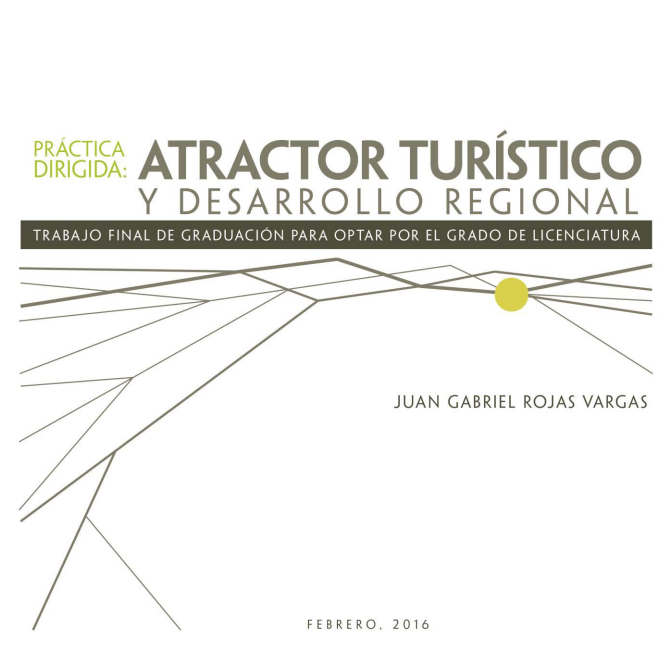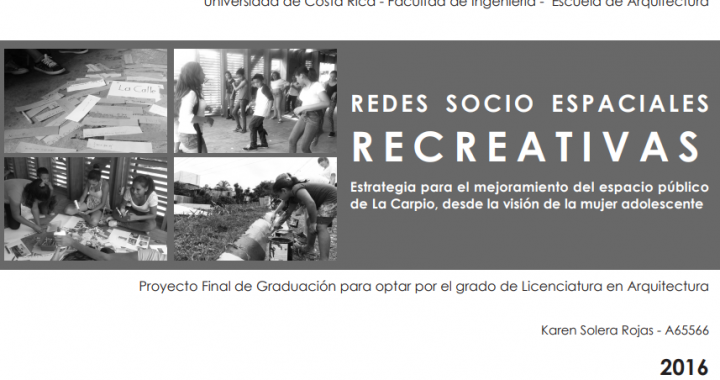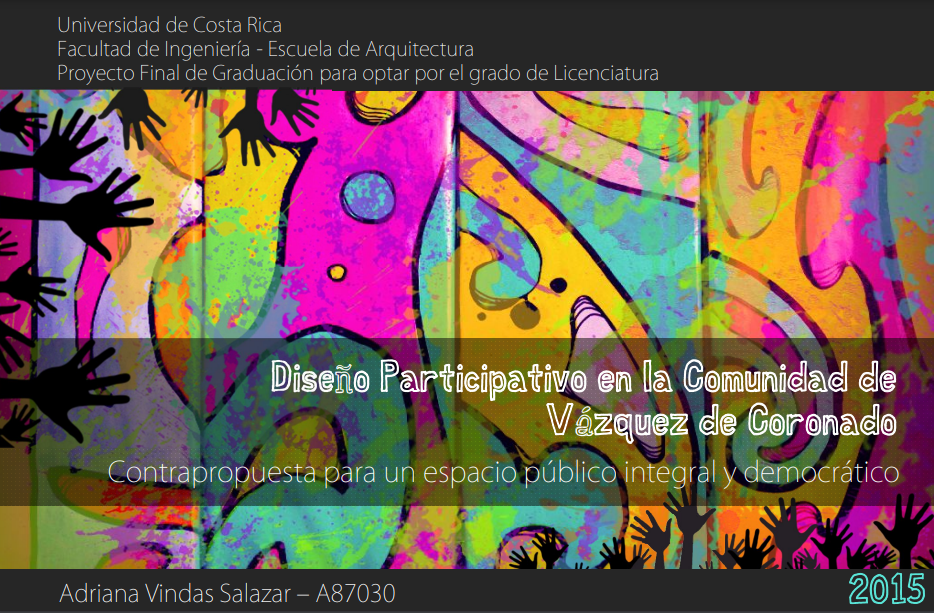Summary
The Municipality of the canton of Alajuela by means of the Plan of Tourist development of the region Poas Volcano has proposed the implementation of a project to help in the revitalization of the region, and to convert the route 712 (Alajuela-Poas Volcano) in the most important touristic corridor of the canton, promoting regional tourism-sustainable development of communities. Through the Office of Attraction of Investments is proposed to perform a practice-led joint between the Municipality and the School of Architecture of the University of Costa Rica, whose scope is the delivery of a preliminary architectural design that consolidates the initiative of the various guilds linked in the region. This proposal physical space is framed under the institutional requirements and the diagnosis and research generated by the UNDP, ProDUS-UCR and other entities in the area following the earthquake of Cinchona (2009). For the iconic value of the project and the relevance of generating a space of regional convergence, the architectural proposal is conceived starting from the identification of the symbols that characterize the natural landscape and the everyday phenomena that build the cultural landscape. After the establishment of guidelines and design criteria based on the specific needs of the site and its variables, it generates a proposed building that is respectful of its environment, versatile, austere and consistent with the approach to tourism-community and serve as a positive catalyst in the region.






